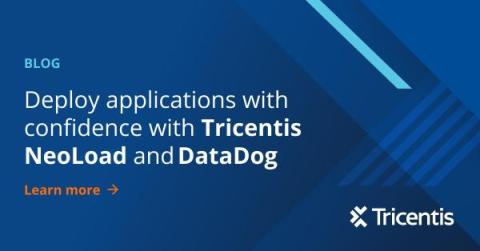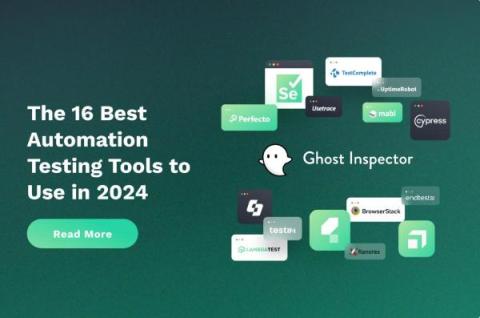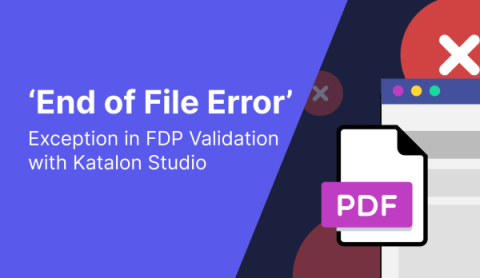Deploy applications with confidence with Tricentis NeoLoad and DataDog
In today’s digital landscape, ensuring the optimal performance of your applications is paramount for delivering seamless user experiences. However, identifying potential bottlenecks is not easy. This analysis is one of the single most important activities in performance testing, but it’s often the most difficult one, and a misstep can cause significant setbacks.











